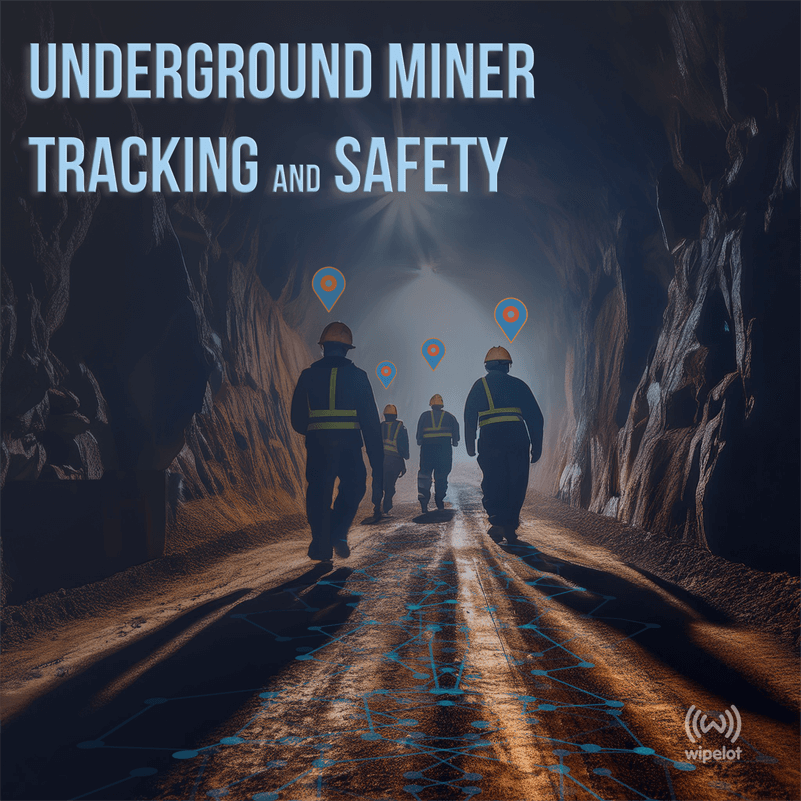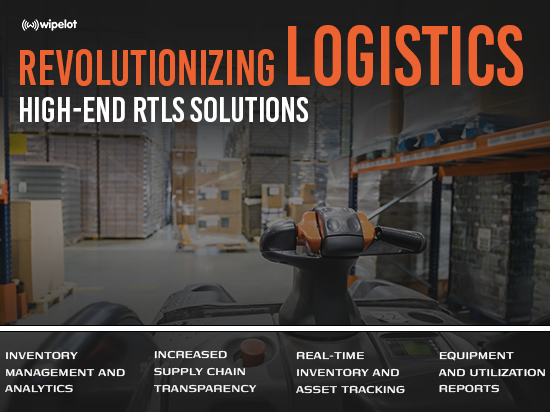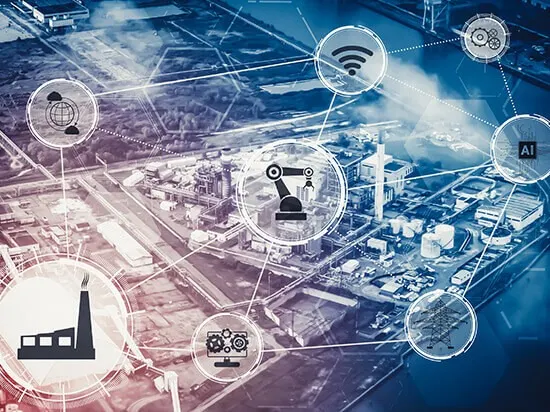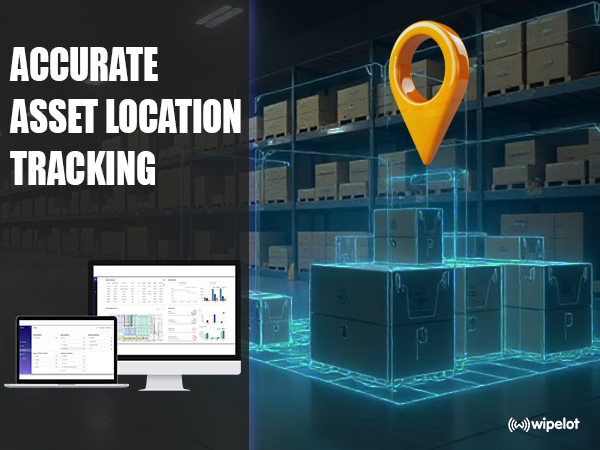AI Mining Traffic Management for Safer, Smarter Extraction
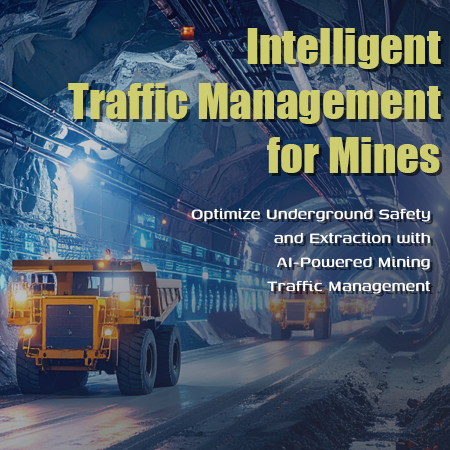
Optimize Safety and Efficiency with AI Mining Management
AI-based mining traffic management is a smart automation platform designed to control underground vehicle movement using real-time data, RTLS, and machine learning. It reduces traffic congestion, improves worker safety, and accelerates ore transportation in challenging underground environments.
Developed by Wipelot, this system integrates real-time location tracking, intelligent signaling, and predictive analytics to ensure safer and more efficient mining operations. Powered by deep domain expertise, it delivers unmatched visibility, coordination, and performance improvement in extraction processes.
Why Mining Needs AI-Driven Traffic Management
The mining industry continues to struggle with productivity and sustainability due to outdated methods and limited data use. Manual coordination and delayed decision-making often lead to resource inefficiencies, time loss, and increased energy consumption.
AI-driven traffic management in mining changes this paradigm. By automating underground traffic decisions and analyzing real-time vehicle movement, AI ensures faster ore extraction and optimized logistics. Wipelot’s AI-powered industrial traffic management (signalization) platform is a key enabler of smart mining operations, combining vehicle tracking, predictive analytics, and intelligent signaling to solve deep-rooted industry challenges.
What Is an AI-Driven Mining System?
An AI-driven mining system is a smart automation solution that uses sensors, vehicle tags, and traffic lights to control vehicle movement in underground mines. By combining real-time location data with machine learning, the system ensures safe and efficient traffic flow in confined environments.
Wipelot’s AI signaling solution integrates RTLS technology with predictive analytics to manage vehicle density, define safe zones, and enforce speed limits. Unlike traditional systems, it dynamically adapts to traffic patterns, reduces energy use, and accelerates ore extraction by eliminating delays caused by human decision-making.
How Does the AI-Driven Mining Traffic System Work?
The AI algorithms powering Wipelot’s mining traffic system make fast, intelligent decisions based on real-time field data. They optimize vehicle movement, assign transport loads, and minimize collision and congestion risks in complex underground environments.
Real-Time Data Processing with 25+ Parameters
The system collects and analyzes data from multiple UWB readers across the mine, using over 25 critical parameters to ensure safety and coordination. These parameters include:
- Equipment type
- Real-time location
- Movement direction
- Task assignment
- Priority level
- Parking zone availability
This multi-dimensional analysis allows the system to respond to traffic patterns instantly and efficiently.
Precision Engineered for Underground Logistics
Designed for the most demanding underground conditions, Wipelot’s AI platform offers sub-meter location accuracy through Ultra-Wideband (UWB) technology. It enables precise control over route planning, vehicle separation, and zone prioritization, making it one of the most advanced traffic automation platforms in the mining industry.
Key Features of the AI-Driven Traffic Management System
Wipelot’s AI-powered mining traffic system includes several intelligent modules that improve traffic flow, boost ore extraction efficiency, and increase underground safety. Below are the core components of the platform.
1. Vehicle Destination Production Level & Arrival Time Estimation
The system uses a real-time decision support model trained on live operational data to estimate each vehicle’s destination level and expected arrival time.
By combining UWB-based high-precision tracking with AI analytics, the system identifies where each truck is heading and how long it will take to arrive. This reduces idle time and ensures timely ore and waste removal.
🛠️ Example:
When a truck is detected descending, the system fetches its weight data, assigns a load, evaluates route availability and traffic, and displays the estimated arrival time on the vehicle’s screen. Also see: ASSOS - Task Assignment Software
2. Equipment Prioritization and Floor Blocking
Different equipment types can be assigned static or dynamic priority settings, allowing traffic rules to adapt based on mission urgency or equipment importance.
The system also allows temporary floor blocking—especially useful during breakdowns or blasting operations. This prevents traffic congestion and reduces health & safety risks by rerouting flow dynamically.
3. Dynamic Traffic Control and Signal Adjustment
Wipelot’s system continuously analyzes vehicle flow and adjusts digital traffic lights in real time. This adaptive control ensures fluid circulation in narrow tunnels and minimizes wait times.
AI algorithms evaluate congestion levels, vehicle speed, and directional flow to prevent bottlenecks before they occur—helping optimize material transport operations.

Comprehensive Reporting and Environmental Monitoring
Wipelot’s mining traffic management system includes advanced reporting and environmental monitoring modules that provide full operational visibility. These features help managers enforce safety rules, monitor air quality, and respond quickly to emergencies.
1. Violation Reports for Operational Safety
The system automatically logs and reports critical safety violations such as:
- Speeding
- Red-light breaches
- Unauthorized parking
- Route deviations
Each report includes timestamped location data from UWB-based tracking systems, allowing safety officers to take swift corrective action and comply with mining regulations.
2. Real-Time Environmental Parameter Monitoring
Wipelot’s system integrates with underground sensor networks to continuously monitor:
- Air quality (e.g., CO, CH₄)
- Temperature and humidity
- Gas levels
When thresholds are exceeded, alerts are instantly generated. This proactive monitoring is essential for maintaining health standards and protecting personnel from hazardous conditions.
3. Alarms and Real-Time Notifications
If environmental readings or safety conditions exceed safe limits, the system triggers:
- Visual and audible alarms
- Dashboard notifications
- Automated SMS or system alerts (configurable)
These features ensure incidents are detected early, with instant feedback enabling zero-delay response actions.
AI-Powered Data Analytics for Smarter Mining Operations
Wipelot’s AI-driven mining platform leverages big data analytics to monitor, evaluate, and optimize every aspect of underground operations. By analyzing performance metrics and historical trends, the system enables predictive decision-making that enhances both efficiency and safety.
One of the platform’s key strengths is its ability to detect inefficiencies in material transport and task execution. Based on these insights, it facilitates:
- Route optimization
- Load balancing
- Reduced vehicle idle time
- Increased ore throughput
Over time, this AI mining analytics approach leads to more effective extraction strategies, improved workforce coordination, and maximized utilization of underground assets. With built-in support for predictive maintenance and material flow optimization, Wipelot’s system empowers mining teams to plan smarter, reduce operational risks, and maintain long-term performance improvements.
Key Benefits of AI Mining Traffic Automation
✅ Improved traffic flow in narrow tunnels
✅ Safer working conditions via real-time alerts
✅ Faster ore and waste extraction
✅ Reduced energy and fuel consumption
✅ Data-driven decision-making
✅ Full compliance with mining safety regulations
Frequently Asked Questions (FAQ)
1. What is an AI mining traffic automation system?
It’s an AI-based platform that manages underground vehicle flow, enhances safety, and streamlines extraction logistics.
2. How does it improve mining efficiency?
By analyzing real-time data and adjusting traffic dynamically, it reduces idle time, prevents bottlenecks, and speeds up ore transportation.
3. Can it adapt to different mine layouts?
Yes. The system is highly configurable to suit various mining environments, workflows, and safety protocols.
4. Does it improve compliance with safety standards?
Absolutely. The platform logs all violations and alerts managers instantly, helping meet regulatory requirements effortlessly.
5. What technologies power the system?
It combines RTLS (UWB-based), sensor networks, machine learning, and AI-based decision engines.
We understand how critical safety, efficiency, and ore extraction are in your mining operations. That’s why we’ve built this solution — grounded in decades of field experience and innovation. If you're ready to take your mine’s performance to the next level, fill out the form here to speak directly with one of our industry experts. Let’s explore how Wipelot can transform your underground operations.
Let’s transform your underground operations together.
